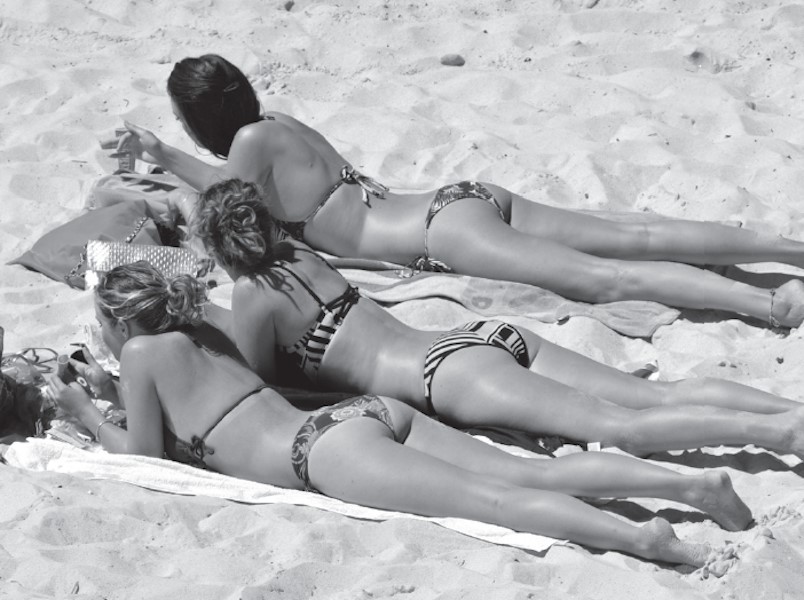'How To' books tend to be pretty naff; certainly the type of book you'd think about twice pulling out on the tube. Interestingly, The School of Life have launched a series of guides, covering topics such as sanity, money and the digital age, which
"The psychological aspect of an impression of ‘sexiness’ is also evident in the context of clothing, especially women’s high fashion. Turning once again to the evolutionary–biological point of view, we might draw an easy comparison between couture’s presentation of its product and the mating displays of tropical birds. Just as the quality of the plumage of these birds can indicate the presence or absence of particular blood parasites and thereby swiftly communicate a message about health to a prospective mate, so can fashion seem, at least from a distance, to be narrowly focused on accentuating signs of biological fitness, especially as these are manifest in legs, hips, breasts and shoulders. However, fashion would be a rather one-dimensional business if it spoke to us only of health. There wouldn’t be such intriguing differences between the wares turned out by companies and designers such as Dolce & Gabbana and Donna Karan, or Céline and Marni, or Max Mara and Miu Miu. The foregrounding of health may be one part of the mission of fashion, but on a more ambitious level, this art form also provides women with clothes that support a range of views about what it means to be an interesting and desirable human being. In all their infinite permutations, clothes make statements about values, ethics and psychological dispositions, and we judge them to be either ‘beautiful’ or ‘ugly’ depending on whether we approve or disapprove of the messages they carry. To pronounce a certain outfit ‘sexy’ is not just to remark on the possibility that its wearer might beable to produce thriving children; it is also to acknowledge that we are turned on by the philosophy of existence it represents.
"Turning once again to the evolutionary–biological point of view, we might draw an easy comparison between couture’s presentation of its product and the mating displays of tropical birds"
In a given season, we may look at any designer’s collection and consider how we are being invited by it to think of virtue. Dior, for example, may be urging us to remember the importance of such elements as craftsmanship, pre-industrial society and feminine modesty; Donna Karan may be stressing the need for independence, professional competence and the excitements of urban life; and Marni may be making a case for quirkiness, calculated immaturityand left-wing politics. Getting turned on is a process that engages the whole self.Our arousal is an endorsement of a range of surprisingly articulate suggestions as to how we might live."
'How To' books tend to be pretty naff; certainly the type of book you'd think about twice pulling out on the tube. Interestingly, The School of Life have launched a series of guides, covering topics such as sanity, money and the digital age, which are engaging, funny and rigorous. Founder Alain de Botton's contribution, entitled How To Think More About Sex, is as interesting as its title. Explicitly honest and occasionally humorous, de Botton endeavors to navigate his reader through the intimate and exciting, but often confusing and difficult experience that is sex, covering topics such as sexiness, lust, fetishism, adultery and pornography.
The How To book series are available from The School of Life.
Text by Laura Bradley
